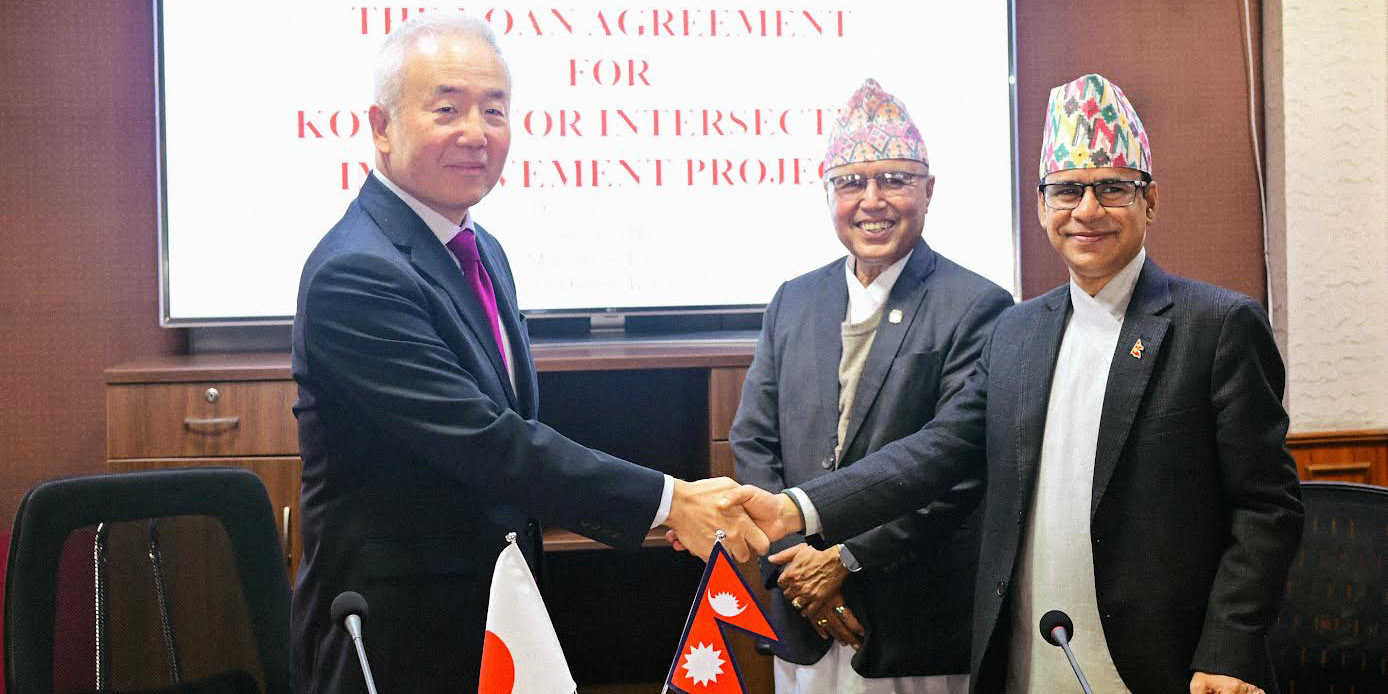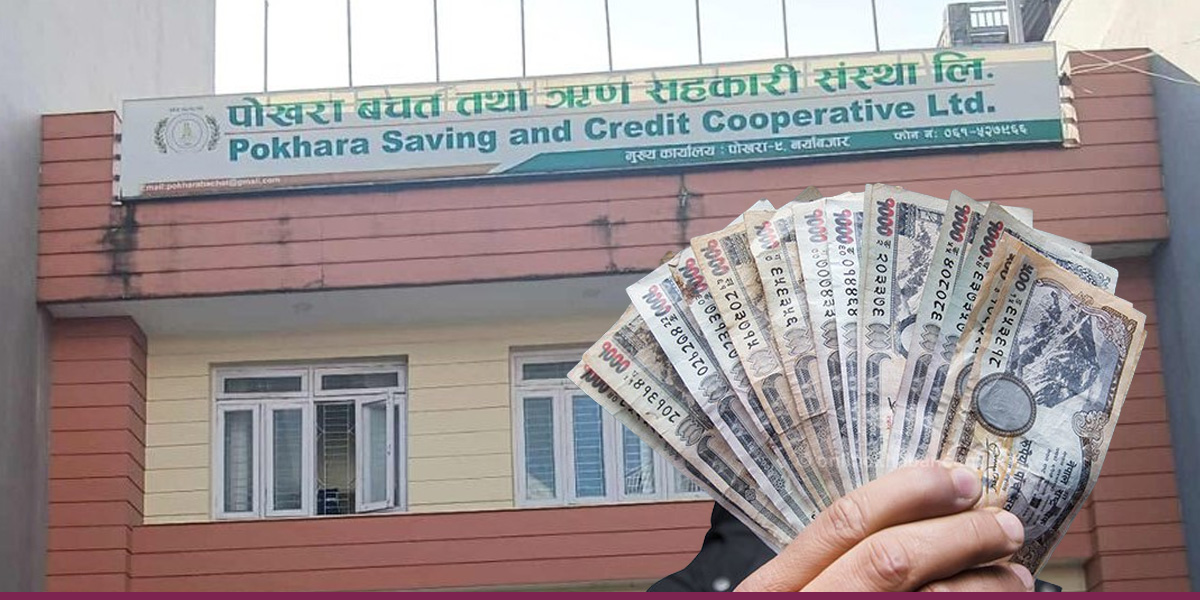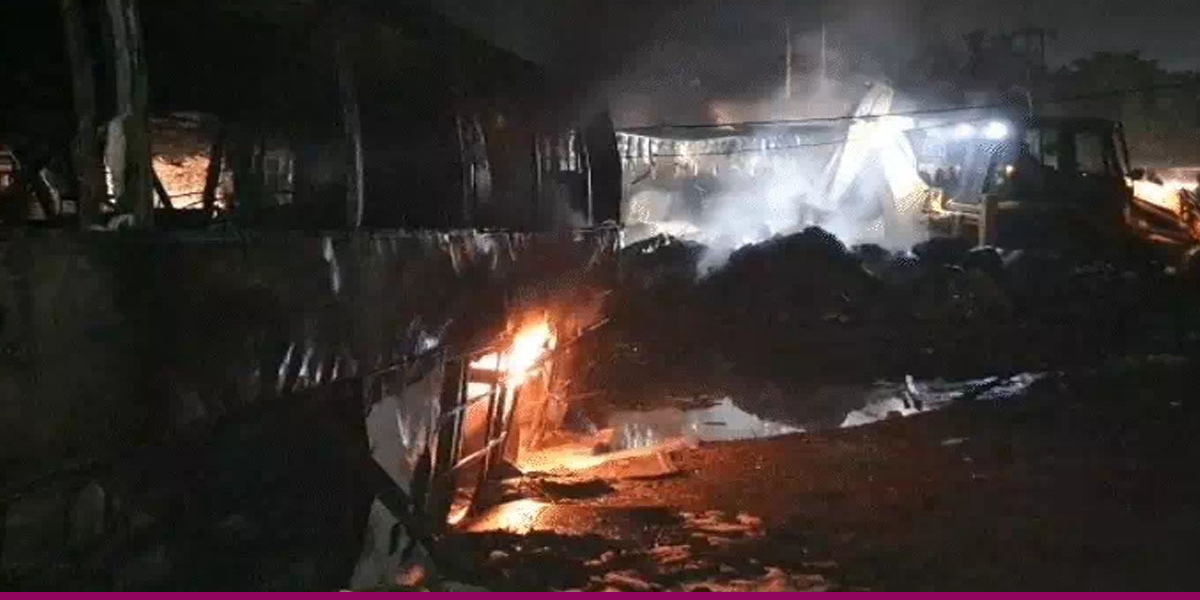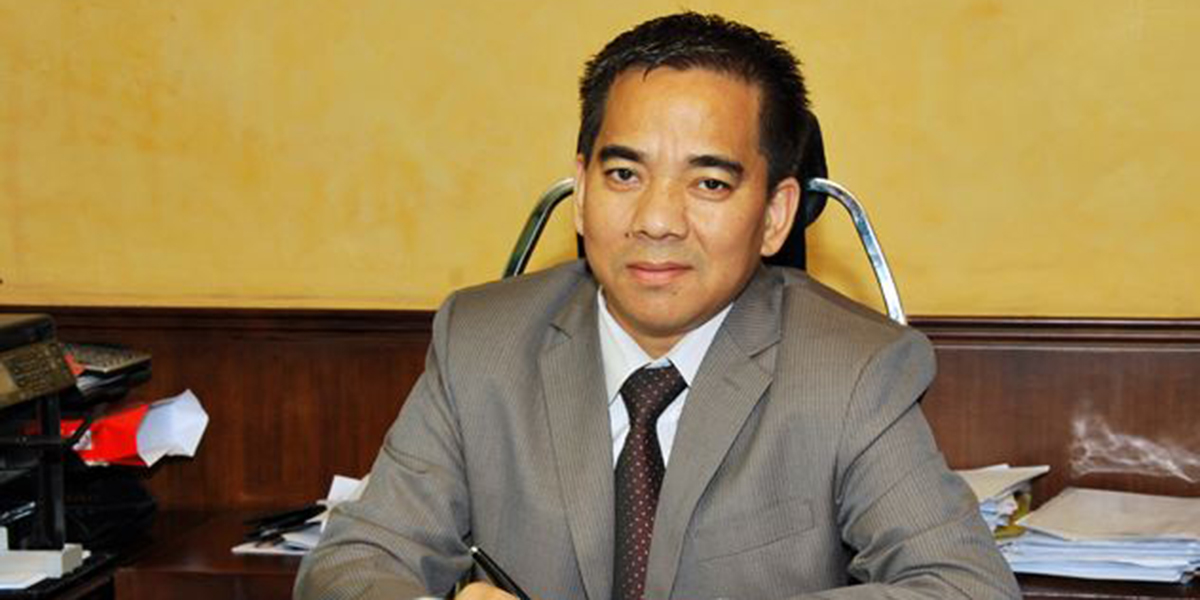
The lumpy skin disease outbreak in Nepal demands immediate attention and effective action to prevent further spread and mitigate the devastating consequences. Unfortunately, despite early warnings and recommendations, timely measures were not taken to contain the disease. The lack of managed internal movement of animals and the absence of quarantine check posts have contributed to its rapid expansion. To address this crisis, urgent steps must be taken, including opening quarantine check posts, importing vaccines, restructuring veterinary services, and resolving manpower shortages.
Three years ago, the first case of lumpy skin disease was reported in Morang, but no decisive actions were taken. Suggestions from the Nepal Veterinary Council to either manufacture vaccines locally or import them were not pursued, resulting in significant financial losses reaching billions of rupees. The unmanaged internal movement of animals has further exacerbated the situation, necessitating the implementation of quarantine check posts at strategic locations to prevent the disease’s entry into unaffected areas.
The establishment of quarantine check posts at key entry points, such as Chisapani and Satya bridges, was recommended by the Nepal Veterinary Council to prevent the spread of lumpy skin disease. Regrettably, these check posts have not been opened yet, leading to the unnecessary transmission of the disease to Sudurpashchim, Karnali, and Gandaki regions. By promptly setting up and enforcing quarantine check posts, we can significantly reduce the disease’s transmission rate and safeguard unaffected areas.
Given the urgency of the situation, there is no alternative to importing vaccines to control the outbreak. Although efforts were made to import vaccines, delays were encountered due to various obstacles. Additionally, starting local vaccine manufacturing will take considerable time, approximately a year. Thus, expedited importation of vaccines coupled with long-term local manufacturing plans is essential to ensure a sustainable supply and effective disease control.
A study conducted by the Nepal Veterinary Council shows that farmers face an average loss of Rs 49,135 per animal death. The nation will have to bear a financial loss of billions of rupees if 100,000 animals perish as has been projected. Furthermore, the impact extends beyond financial losses, as it directly affects farmers’ livelihoods, hampers milk production, and disrupts the entire value chain.
Efforts from the Ministry, departments, and local units are underway, with local units actively vaccinating as many cattle as possible. Around one million doses of vaccines have been imported. However, to effectively combat the lumpy skin disease, all three tiers of the government must work in close coordination. The federal government should develop comprehensive guidelines and ensure their implementation by subordinate offices. Furthermore, skilled veterinary professionals should be deployed immediately through the utilization of emergency laws if necessary.
Several suggestions from the Council, such as establishing a rapid control room for data collection, conducting assessments across provinces, providing financial support to local units, and publishing guidelines for farmers, have been implemented. However, the absence of specific regulations declaring lumpy skin disease as an epidemic hinders effective coordination among government agencies. Urgent legislative action is required to address this gap and facilitate cohesive efforts in disease control.
The current structure of veterinary services requires immediate attention and improvement. The previous comprehensive structure, with numerous livestock service centers, directorates, and service centers, should be reinstated. At present, the absence of a unified structure is evident, with limited veterinary hospitals, reduced service centers, and inadequate connectivity between local units, provinces, and the federal government. Laws should be enacted to strengthen the veterinary service structure and ensure seamless collaboration at all levels.
We have a sufficient workforce of over 1,800 veterinary doctors in Nepal, with an annual production of 200 veterinarians. However, a significant issue lies in their unwillingness to work at the local level. The government has created 346 posts on contract basis for veterinary doctors in local units, but they have been designated as 6th class officers, whereas medical and Ayurvedic doctors enter the service at the 8th class level. This discrepancy discourages fresh graduates from joining the government service. It is worth noting that in countries like India, all these doctors have similar levels. The World Health Organization has also introduced the ‘one health’ concept, which emphasizes equal treatment for all three types of doctors.
The lumpy skin outbreak in Nepal demands immediate attention and effective action from all levels of government and stakeholders. By implementing measures such as establishing quarantine check posts, importing and manufacturing vaccines, restructuring veterinary services, and addressing manpower shortages, we can mitigate the spread of the disease and protect the livelihoods of farmers. It is crucial that the government acts decisively and takes proactive steps to ensure the timely containment of lumpy skin disease, safeguarding the agricultural sector and the well-being of the nation’s livestock.
(As told to Prem Chand of Himal Press)













